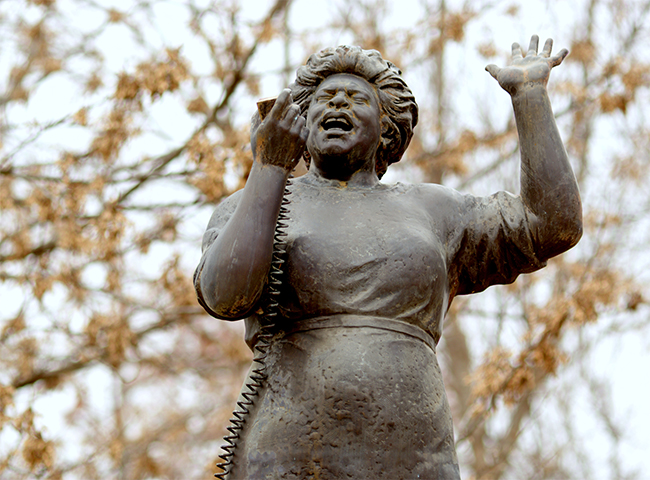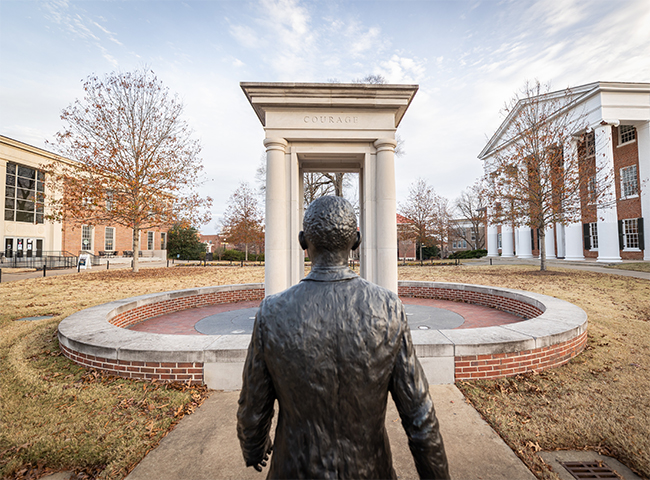Sponsored Content
Mississippi is home to significant landmarks on the U.S. Civil Rights Trail, offering a powerful journey through the history and the heroes of the movement.
Three sites in the Mississippi Delta provide insight into the tragic death of Emmett Till, a 14-year-old boy who was brutally murdered for allegedly whistling at a white woman. In the town of Money, near Greenwood, visitors can see the ruins of Bryant’s Grocery, the store where Till’s fateful encounter took place. In Sumner, the Emmett Till Interpretive Center ensures his story is never forgotten, offering tours of the Tallahatchie County Courthouse where the trial of Till’s murderers took place. A visit to the Emmett Till Intrepid Center, in Glendora, delves deeper into the details of his killing and the profound impact it had on the national civil rights movement.

Elsewhere in the Delta, the town of Ruleville is the hometown of Fannie Lou Hamer, an activist, organizer and political leader of the movement. Hamer is remembered as a powerful voice for the rights of African-Americans and women, reflecting on her personal struggles with the famous quote “I’m sick and tired of being sick and tired.” At the Fannie Lou Hamer Memorial Garden, visitors can pay their respects at her grave and view an inspiring bronze statue depicting Hamer giving an impassioned speech.

In Oxford, the University of Mississippi Civil Rights Monument, commemorates James Meredith’s courageous efforts to become the first Black student enrolled at the university, in 1962, amid violent riots and vocal opposition. A limestone portal inscribed with the words “courage,” “knowledge,” “opportunity,” and “perseverance” honors Meredith’s actions, which served as a turning point in the battle for desegregation in higher education.

Locations surrounding Philadelphia, Mississippi, bring the Freedom Summer of 1964 into sharp focus. At Mount Zion United Methodist Church, a memorial honors James Chaney, Andrew Goodman, and Michael Schwerner, three civil rights workers who were murdered for their efforts to register Black voters. The Ku Klux Klan burned the church to lure the activists to the area, leading to their tragic deaths. The Old Neshoba County Jail, where they were held before their disappearance, remains a haunting testament to their sacrifice. Nine miles south on Highway 19, a historical marker stands near the remote site where the three were murdered, offering a solemn space for reflecting on their sacrifice and legacy.
The journey through Mississippi’s civil rights history culminates in Jackson at the Mississippi Civil Rights Museum. This state-of-the-art museum features eight interactive galleries circling the glowing “This Little Light of Mine” sculpture. The sound and light installation illuminates the space as voices and stories of activists resonate throughout the room. Exhibits highlight key figures such as Medgar Evers and Vernon Dahmer, as well as lesser known individuals that were nonetheless vital to achieving the movement’s goals. By preserving these stories, the museum ensures that the struggle for justice remains an enduring lesson for future generations.










